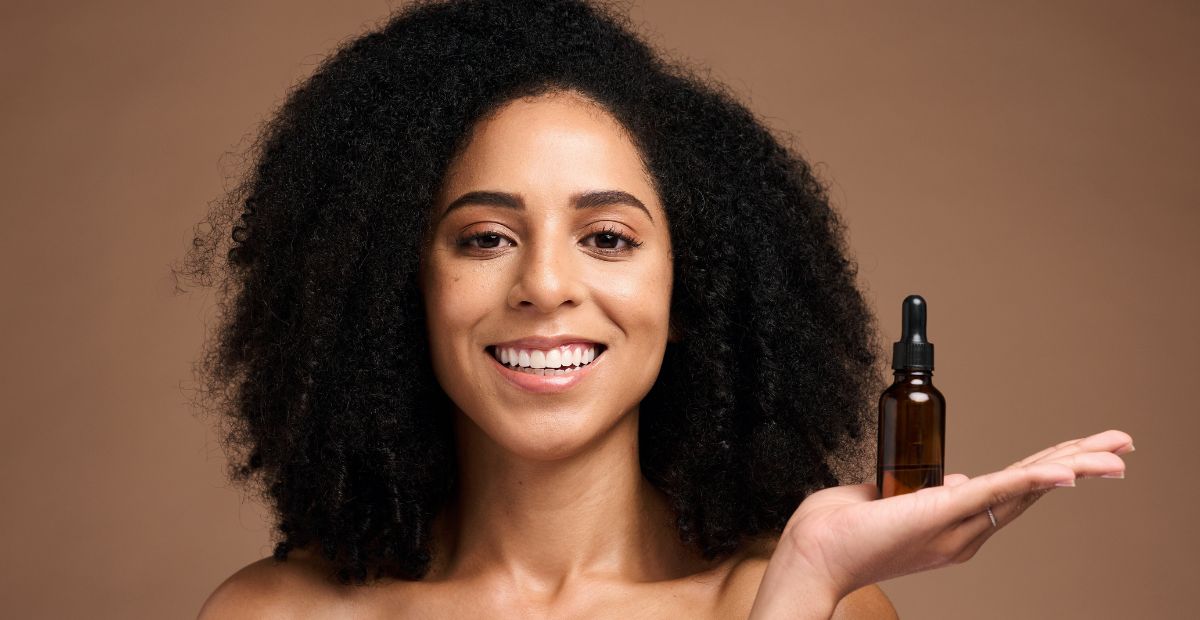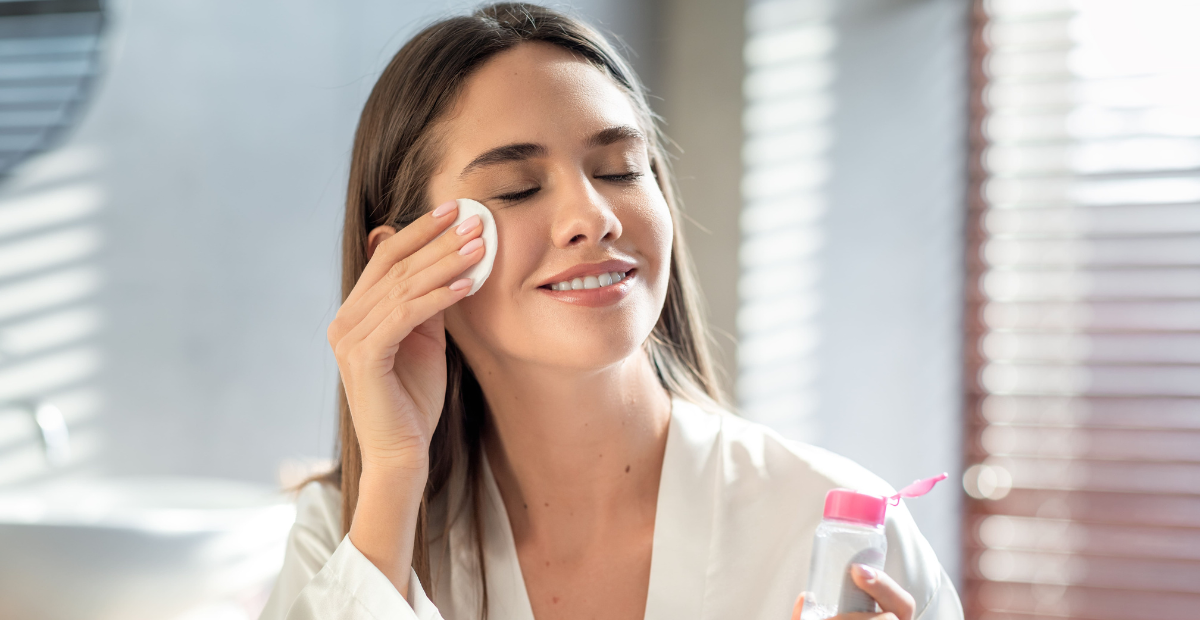How to Get Rid of Chest Acne for Good
Onskin Content Team
Your guides through the skincare chaos

Chest acne is one of those issues that you can ignore right up until the moment you absolutely can’t. Unlike the breakouts on your face, this particular affliction makes itself known in the most inconvenient ways at the most inopportune times.
A trip to the beach? A pool party? How about checking out a recently opened water park? Sure! Only wait, you have a breakout in a place you usually don’t pay much attention to, but can’t stop noticing now that you’re deciding on which swimsuit you want to wear.

If chest acne bothers you, let’s talk about how the breakout happened and what you can do to make the situation better in as short a time as possible.
What causes chest acne?
The skin on your chest, much like your back and face, has sebaceous glands that produce sebum, a natural oil that keeps your skin hydrated. When excess oil, dead skin cells, and bacteria get into a hair follicle, they can form a plug. And, much like on your back and face, this plug can become the starting point for acne-related issues, from blackheads and whiteheads to inflamed, red bumps.
And while the basic process is the same as facial acne, the chest area has its own unique set of challenges. The skin here can be more sensitive, and it’s often subject to more friction and sweating than your face.

Bonus fact: Some people are genetically more predisposed to acne, and a family history of this affliction can make you more prone to developing it.
The most common causes of chest acne are sweat, friction, hormones, and skincare and laundry products. Let’s break down each of the main culprits so you can identify what’s throwing this area of your body off balance.
Sweat and heat
When you work out or get hot, you sweat. If that sweat sits on your skin for too long—trapped under tight clothing—it can mix with oils and bacteria, creating a breeding ground for acne. This is so common it has a name: acne mechanica.

Friction
This is a big one. Friction acne often affects the face (thanks, dirty smartphone screens), but it can also happen to any other area of your body, including your chest. Think about it: your chest rubs against workout clothes, backpack straps, seatbelts, and even your own shirt all day. This constant rubbing can irritate hair follicles, leading to inflammation and breakouts.
Hormones and stress
Hormones can have a powerful effect on the body. Fluctuations, whether from your menstrual cycle, stress, or certain medical conditions, can ramp up sebum production. This is why you might notice a breakout popping up at that same time every month.
Skincare and laundry products
That heavily fragranced body wash you love so much or the harsh detergent you swear by might be irritating your skin. Comedogenic (or pore-clogging) ingredients in lotions or sunscreens can also contribute to the problem.
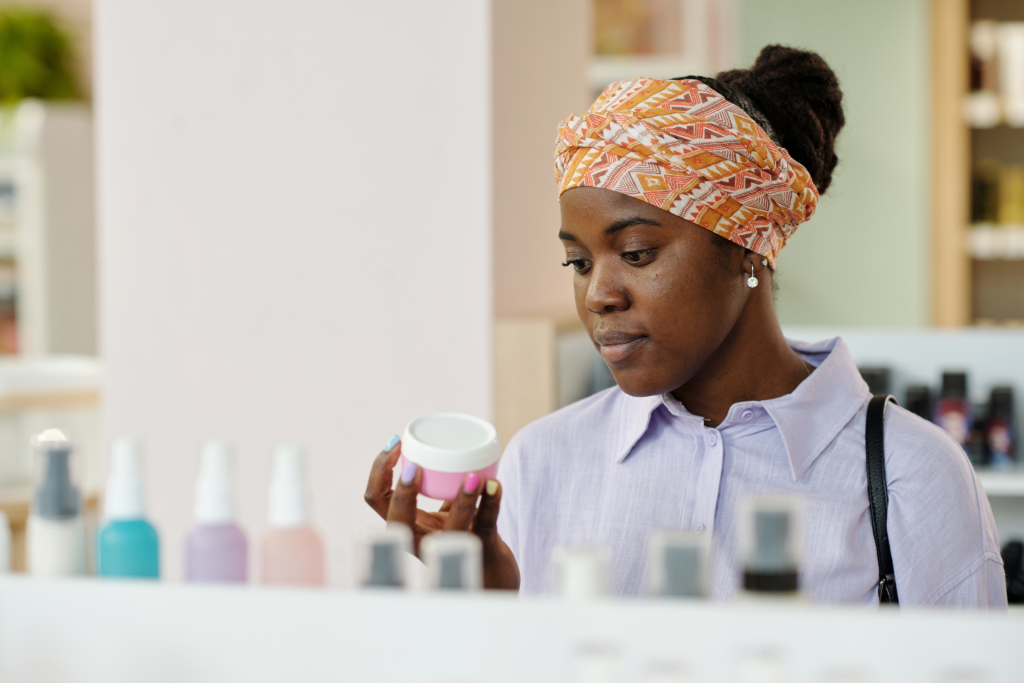
How to get rid of chest acne
No matter what brands might try to sell you, getting rid of chest acne won’t happen overnight. You won’t get better results by dialing up the intensity: harsh, aggressive scrubbing is not the answer and can, in fact, make things worse by damaging your skin barrier.
That being said, there is a straightforward 3-step method that can help you take that first, confident step towards clear skin. It focuses on cleansing, exfoliating, and moisturizing.
Step 1: Gentle cleanse
It all begins in the shower. You want to shower regularly, use gentle products, and the right water temperature that helps you cleanse effectively without irritating the afflicted skin.
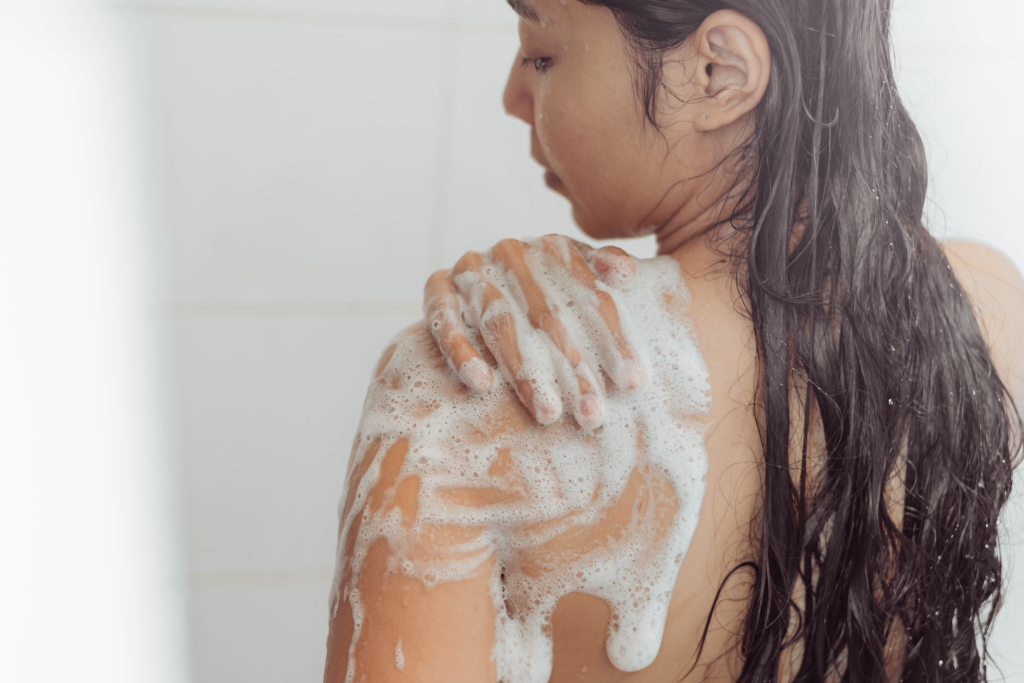
Do:
- Use lukewarm water
- Choose a salicylic/glycolic acid or benzoyl peroxide body wash
- Gently massage the product onto your chest with your fingertips
Don’t:
- Use a rough loofah or washcloth
- Rinse the product immediately (let it sit for a minute or two)
- Leave any product residue on your skin after the shower
Step 2: Exfoliation
After cleansing, it’s time to get rid of those dead skin cells. This step is all about gently encouraging the cell turnover and preventing clogging of your pores, which can lead to pimples appearing on your chest.
Do:
- Exfoliate 2–3 times a week
- Use a chemical exfoliant like AHA or BHA
- Moisturize immediately after rinsing off
Don’t:
- Exfoliate daily (you can damage your skin barrier)
- Use a mechanical exfoliant (like a scrub)
- Exfoliate tight or itchy skin
Bonus tip: Listen to your skin. If it feels tight, looks red, or stings, it’s a clear sign you should exfoliate less frequently.
Step 3: Moisturizing
This is an essential part of any chest acne treatment plan. When your skin is dehydrated, it can panic and overcompensate by producing more oil, which is the last thing you want.
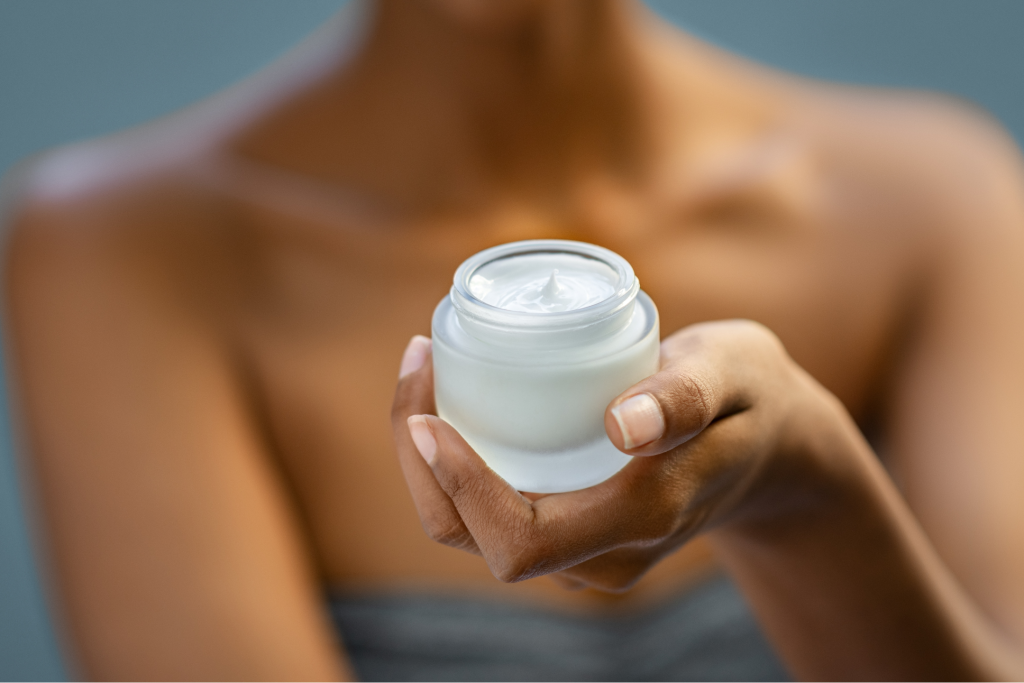
Do:
- Use non-comedogenic, oil- and fragrance-free products
- Choose a light, gel-based formula
- Moisturize twice every day
Don’t:
- Use thick, heavy products
- Skip moisturizing (consistency is key)
- Overmoisturize (stick to the routine)
Bonus tip: There is such a thing as too much when it comes to moisturizing. Give your skin time and room to breathe, and monitor how it responds to the products you use.
What else can you do?
Prevention is sometimes the best treatment. Minor diet and lifestyle changes make a big difference.
Let’s talk about what you can do to help your body not only get rid of chest acne, but also keep your skin clear of future breakouts.
Dietary choices
While certain foods alone won’t make the pimples on your chest magically disappear, some dietary choices can help reduce inflammation and regulate oil production, which is the goal.

- Eat more whole foods (vegetables, fruits, whole grains)
- Enjoy healthy fats (salmon, avocados, nuts)
- Try cutting back on dairy
- Limit sugary snacks
Wardrobe and laundry
Your clothing is in constant contact with your skin, so it pays to be mindful of your fabrics and how you clean them.
- Wear breathable fabrics (moisture-wicking fabrics for workouts)
- Change out of sweaty clothes (also helps with chafing)
- Switch to a fragrance- and dye-free laundry detergent
- Wash your sheets once a week
Remember, it’s always a good idea to schedule an appointment with a dermatologist so that you can get personalized professional advice!
Final thoughts
Dealing with chest acne can be frustrating, but if you know what you’re doing, you can absolutely get it under control with some minor changes to your lifestyle and a consistent routine.
Remember the key steps: cleanse gently, exfoliate conservatively, moisturize consistently, and make smart lifestyle choices. Be patient with your skin: it didn’t break out overnight, and it won’t clear up overnight either. But with daily care, you will see progress.
FAQ
-
Where do I start with OnSkin?
Download the app and think of a product you’d like to know more about. Then, go to the main screen and choose how you’d like to get the info —by manually looking it up in the search bar, by scanning its barcode, or by simply taking a picture of the packaging. Once you’ve done any of these, you can see how safe the product is and if it suits your skin or hair (if this analysis is available).
-
What is Safety Rating, and how is it calculated?
In OnSkin, we base product rates on ingredients. Each is closely studied by our medical team and then evaluated. This way, each product gets a score from 0 to 100, with 100 as the safest level.
Safety Levels
- Excellent (76–100)
- Good (51–75)
- Not great (26–50)
- Bad (0–25)
These scores are backed by the latest scientific studies. You can find links to the resources we’ve used on each ingredient page. To assess the safety of product ingredients, we evaluate them according to the following parameters/criteria
- Endocrine disruption risk / Reproductive toxicity
Indicates the probability of mimicking, blocking, or interfering with the body hormones.
- Сarcinogenicity
Measures the potential risk of inducing cancer.
- Allergy risk
Estimates the probability of an allergic reaction.
- High concentration alert
Determines the risk of being unsafe in certain amounts.
-
What is Skin Match?
Based on the info you input about your skin type, age, skin care goal, and other “settings,” OnSkin checks how well a product is tailored to your unique skin needs — it’s basically like a dermatologist helping you find the right products, minus the fees and the long wait. The product you’re checking might be labeled as It’s a match!, Hit-or-miss, or Not a match for you. The app also detects ingredient groups such as Anti-acne, Anti-inflammatory, Moisturizes, May be drying, Comedogenic, and others — by tapping one, you see exactly what ingredients from this or that group are in the product.
-
I seem to have a problem with using the app. Who should I contact?
Please reach out to us at [email protected], and we’ll carefully look into your issue. Your ideas for improving the app are also very welcome!
-
Do you have an Android version?
Not yet! Hey Android users, we hear you, and we're thinking about making an Android version, but we haven't started the development yet.
Tracker Sent!
It’s on the way to your inbox.


